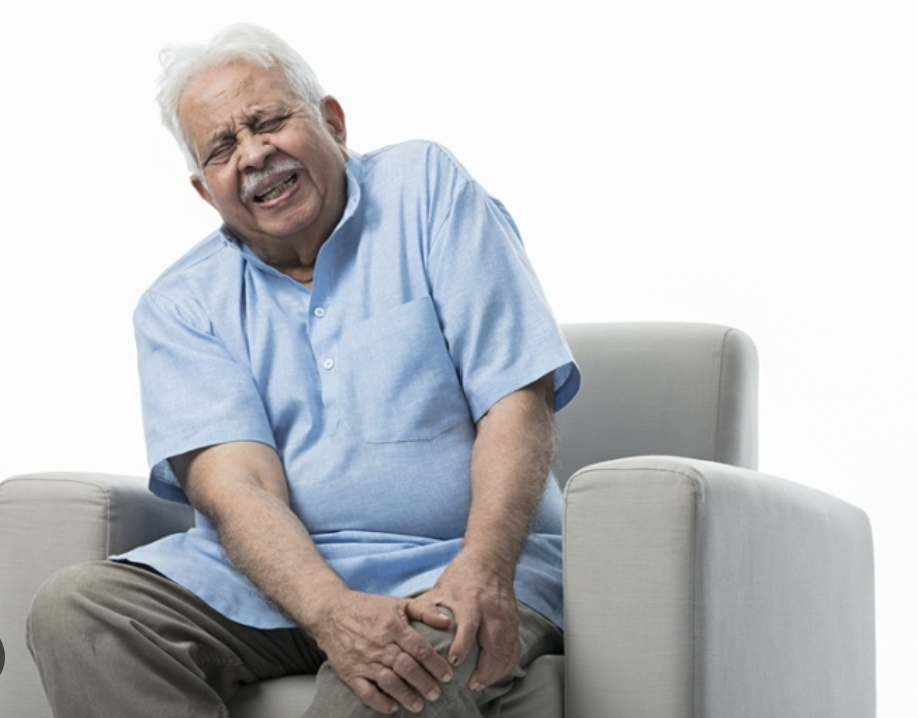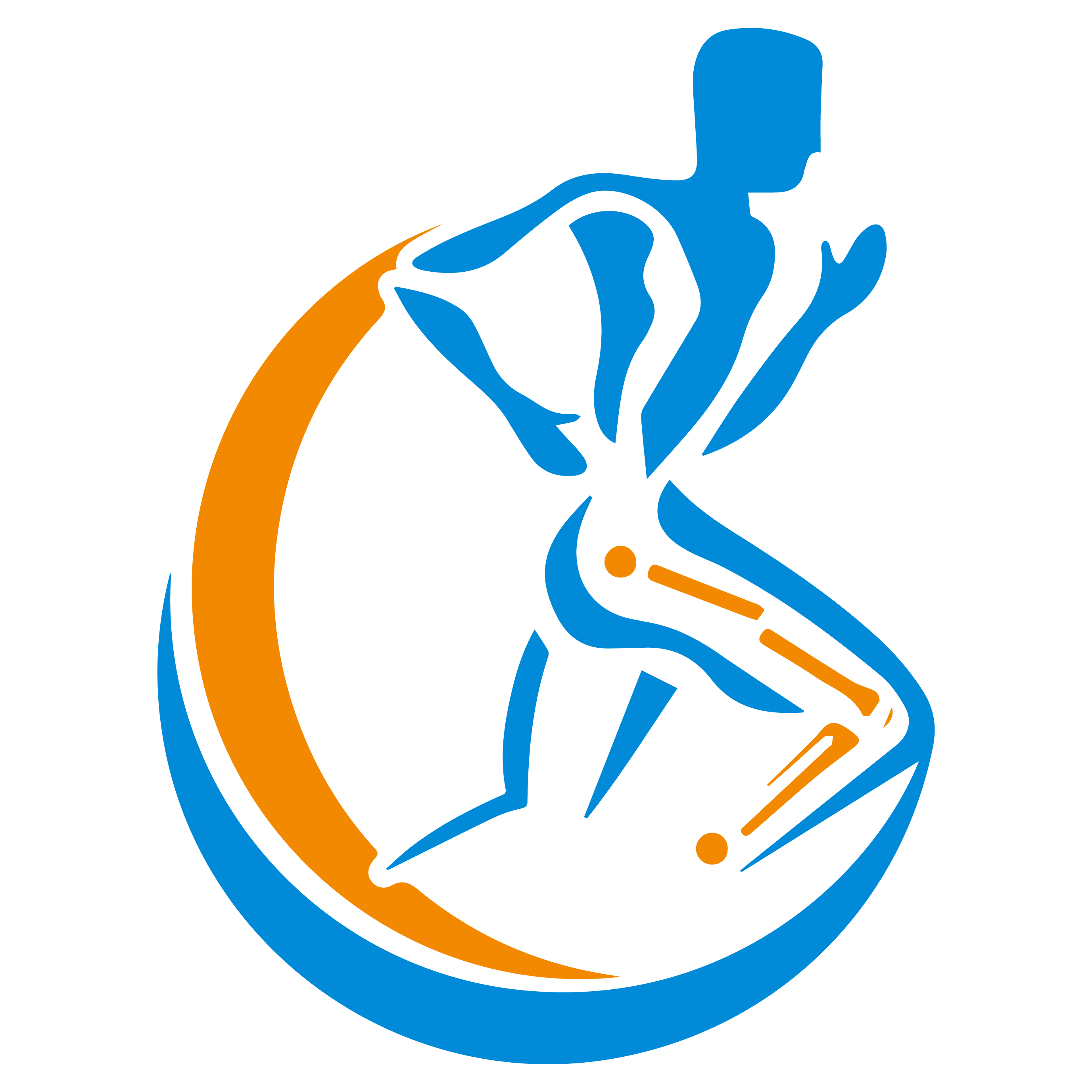+919632569999

This is your website preview.
Currently it only shows your basic business info. Start adding relevant business details such as description, images and products or services to gain your customers attention by using Boost 360 android app / iOS App / web portal.
KNEE PAIN IN OLD AGE Knee pain in older adults is...

KNEE PAIN IN OLD AGE Knee pain in older adults is a common issue, often resulting from various underlying causes. Here are some key points to consider: Common Causes: -Osteoarthritis: The most prevalent cause of knee pain in older adults, characterized by the degeneration of cartilage in the knee joint, leading to pain, stiffness, and swelling. -Rheumatoid Arthritis: An autoimmune condition that causes inflammation in the joints, including the knees, leading to pain and deformity over time. -Tendinitis: Inflammation of the tendons around the knee, often due to overuse or repetitive movements. -Bursitis: Inflammation of the bursae (small fluid-filled sacs that cushion the knee joint), typically due to repetitive motion or pressure. -Meniscus Tears: Degeneration or injury to the cartilage that acts as a cushion between the thigh bone and shin bone can cause pain and swelling. -Previous Injuries: Old injuries, such as fractures or ligament tears, can result in chronic pain as the joint ages. Symptoms: -Pain: Often worsens with activity and improves with rest. -Stiffness: Common, especially in the morning or after sitting for long periods. -Inflammation may cause visible swelling around the knee. Reduced Mobility: Difficulty bending or straightening the knee fully. -Crepitus: A grating or popping sensation during movement. Management: Lifestyle Modifications: -Weight management to reduce stress on the knees. Low-impact exercises (like swimming or cycling) to maintain mobility without stressing the joint. Physical Therapy: Tailored exercises to strengthen the muscles around the knee and improve flexibility. -Medications: Over-the-counter pain relievers, like acetaminophen or nonsteroidal anti-inflammatory drugs (NSAIDs), can help manage pain. -Injections: Corticosteroid injections may provide temporary relief from inflammation, while hyaluronic acid injections can improve lubrication in the joint. -Assistive Devices: Using canes or braces to relieve pressure on the knee can help improve mobility. -Surgery: In severe cases, procedures like arthroscopy, osteotomy, or total knee replacement may be necessary. When to Seek Medical Attention: If knee pain is severe, persistent, or accompanied by significant swelling, warmth, or redness, it’s important to consult a healthcare professional for a proper diagnosis and treatment plan. Early intervention can help manage symptoms and improve quality of life.

